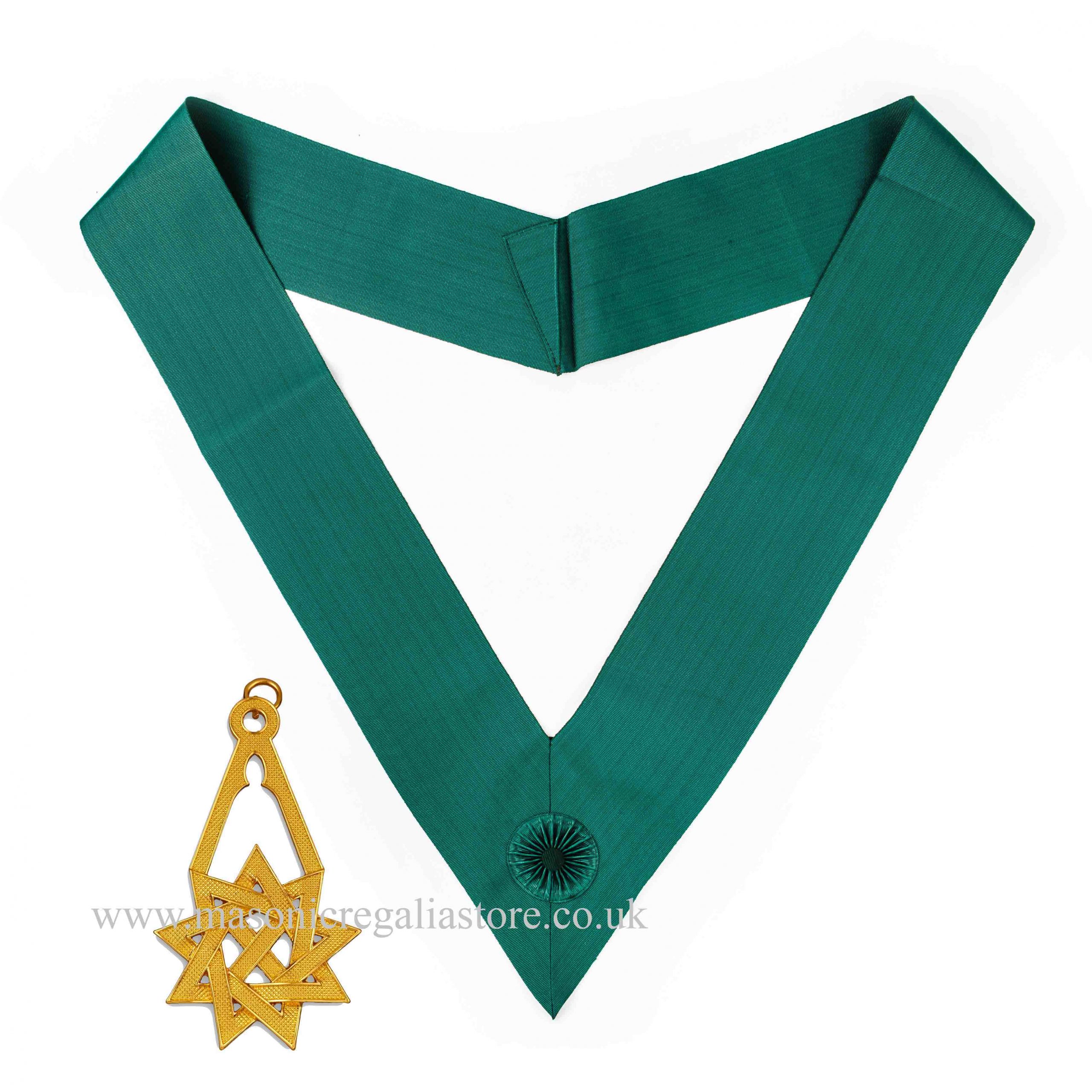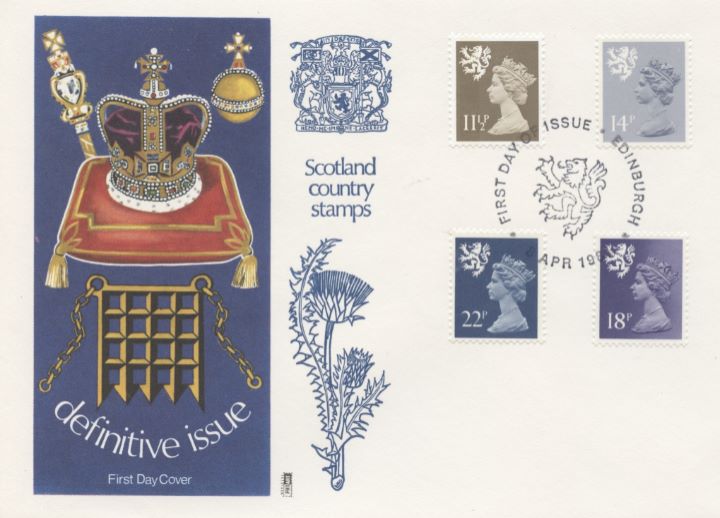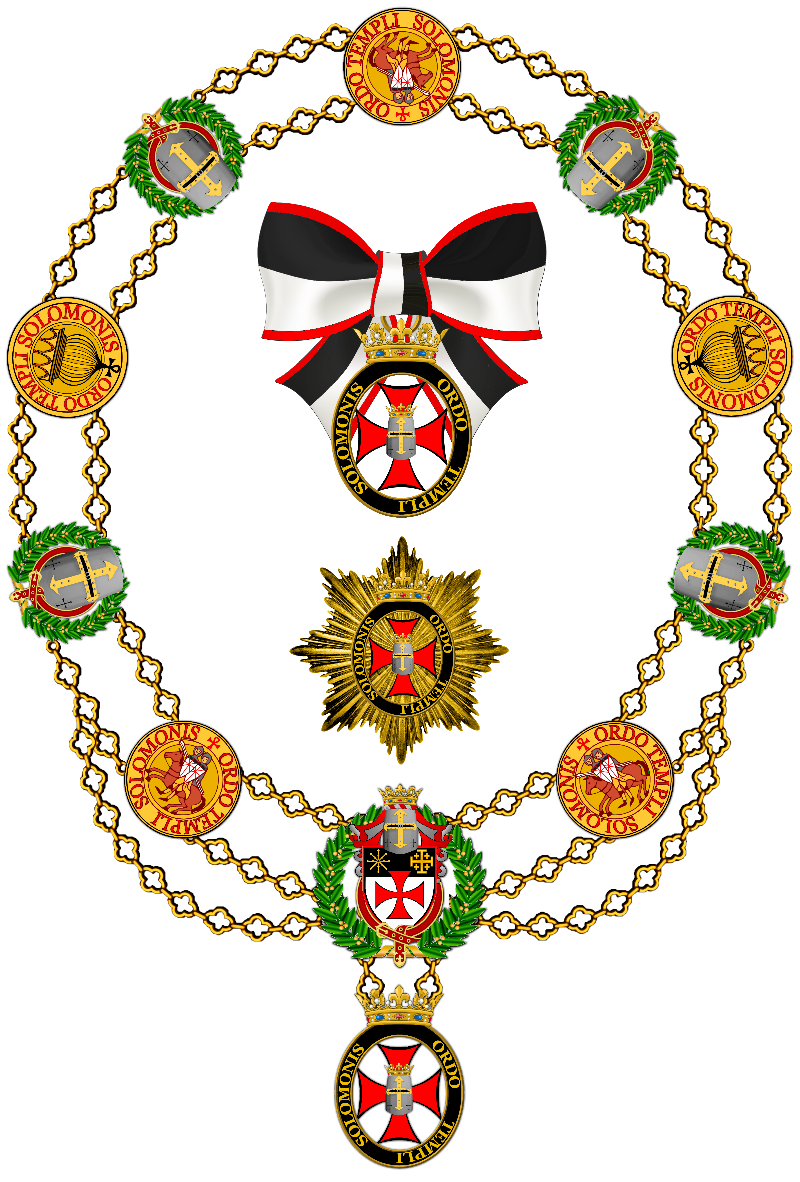

The Sceptre with Cross was placed in the King’s right hand during the service and the other in his left. Their form is distantly related to the bishop’s crosier - a symbol of pastoral care. Two sceptres are presented representing temporal and spiritual power. Investitureĭuring the investiture, the King was presented with various symbolic objects that represent his powers and responsibilities. When Charles II was restored to the throne, he gave it back, allegedly at a “small profit”.

“When the symbolic melt of all the crown jewels took place, the spoon was actually sold because nobody quite understood its purpose,” added Ms Jones.Ĭlement Kynnersley, who looked after Charles I’s wardrobe, bought it for 16 shillings.

The oil is poured from the Ampulla into the bowl of the spoon before the Archbishop dips in two fingers. “It was listed among the regalia in 1349 but stylistically it dates earlier than that and may have been supplied to either Henry II or Richard I.”Ĭlearly never intended for eating or stirring, its divided bowl and its length suggest that it had a ceremonial purpose, and its presence among the regalia means that it has always been associated with coronations. “Interestingly, like St Edward’s Staff, we don't know its original purpose,” admitted Ms Jones. The “humble” spoon is the oldest object in the collection, and the oldest surviving English royal goldsmith's work.ĭating back to the 12th century, it is described as the “one real great survivor” of the medieval regalia. It was first used at the Coronation of King George IV. The sword is contained in a gold-covered leather scabbard. It was made in 1820 and has a steel blade, mounted in gold and set with jewels, which form a rose, a thistle, a shamrock, oak leaves, acorns, and lion’s heads. The fifth and final sword is the jewelled Sword of Offering. They are the Sword of Temporal Justice, signifying the monarch’s role as head of the Armed Forces the Sword of Spiritual Justice, signifying the monarch as Defender of the Faith and the Sword of Mercy or Curtana, which has a blunted tip, symbolising the sovereign’s mercy. Together with the Coronation Spoon, they were the only pieces to survive the Civil War to the Restoration unscathed. The swords were made for the Coronation of Charles I in 1626, and then placed with the regalia in Westminster Abbey.

Like then, they were carried pointing upwards and unsheathed, representing the King’s various powers and duties. Three were carried before the monarch during the procession into the Abbey, in a tradition that dates back to at least the Coronation of Richard I in 1189. Yet Kathryn Jones, senior curator of decorative arts for the Royal Collection Trust, admitted: “We don’t know its original purpose.”įour further swords were used during the Coronation. The original purpose of the Coronation Spoon, which is used during the anointing - the most sacred part of the ceremony - is also unknown.įirst recorded in 1349, preserved among St Edward's Regalia in Westminster Abbey, it is the oldest object in the collection and has been hailed as the “one real great survivor” of the medieval regalia. Most of the regalia were created during the reign of Charles II as replicas of medieval objects that were destroyed in the mid-17th century on the orders of Oliver Cromwell.Īmong them is St Edward’s Staff, which was remade even though “no one was quite sure what it was for”. At the heart of the King’s Coronation were ancient and invaluable jewel-encrusted regalia from swords to crowns - much of which have been used for more than 1,000 years.īut mystery surrounds the purpose of some of the objects, with royal experts admitting that despite their repeated use and historical significance, they have no idea what they were used for.


 0 kommentar(er)
0 kommentar(er)
